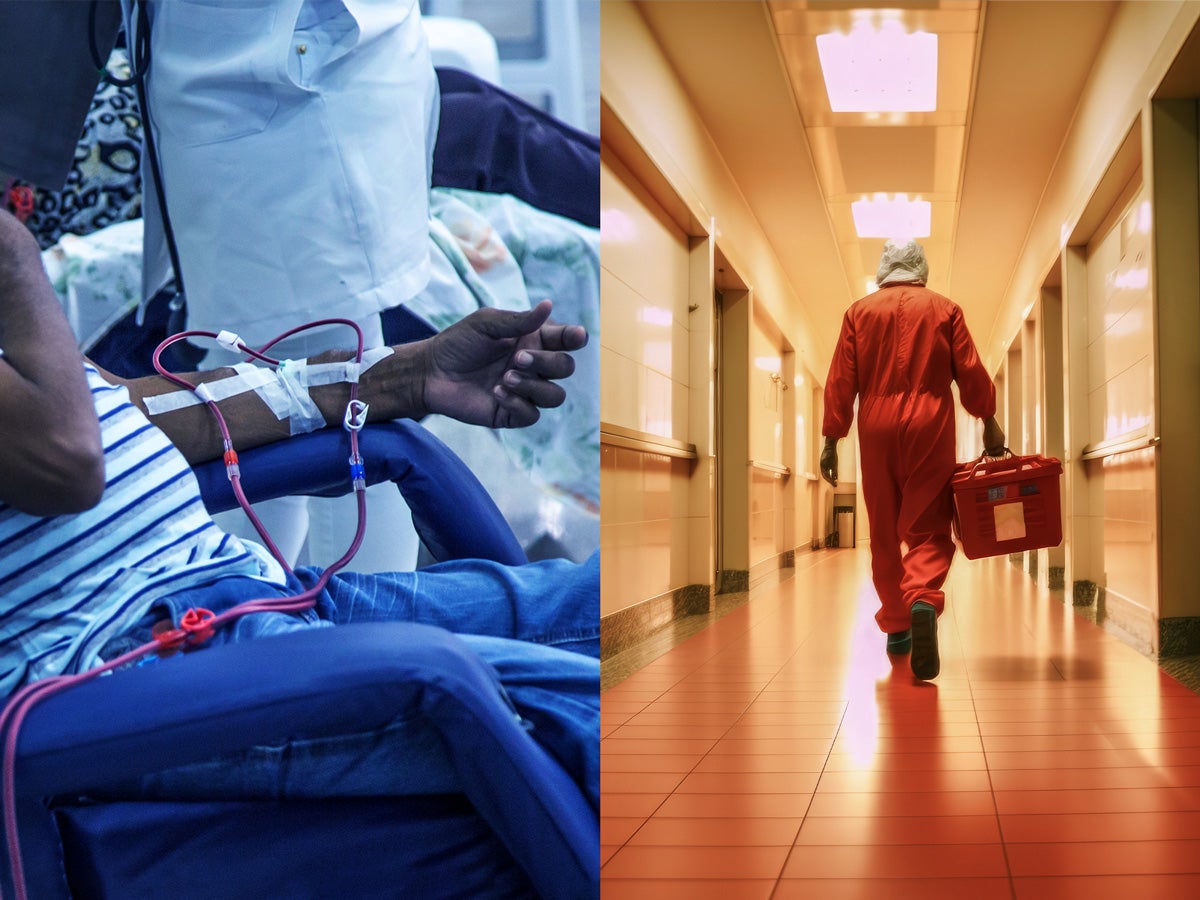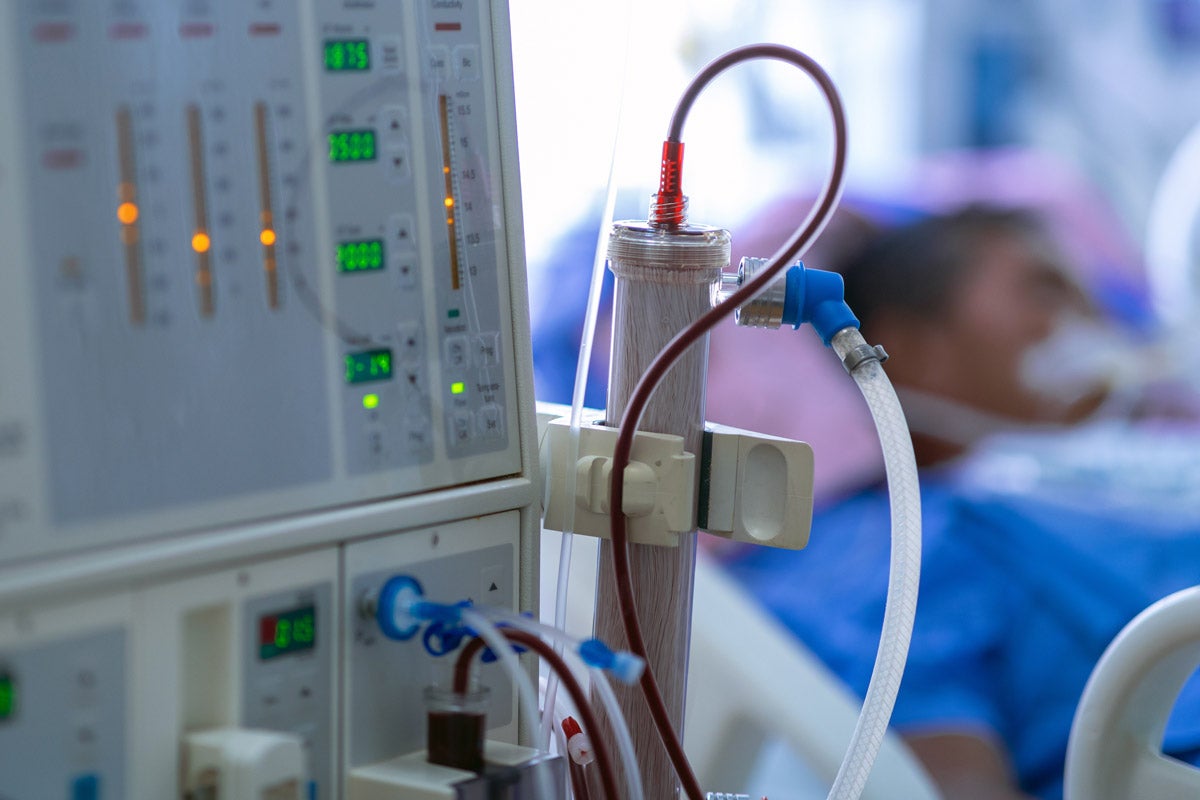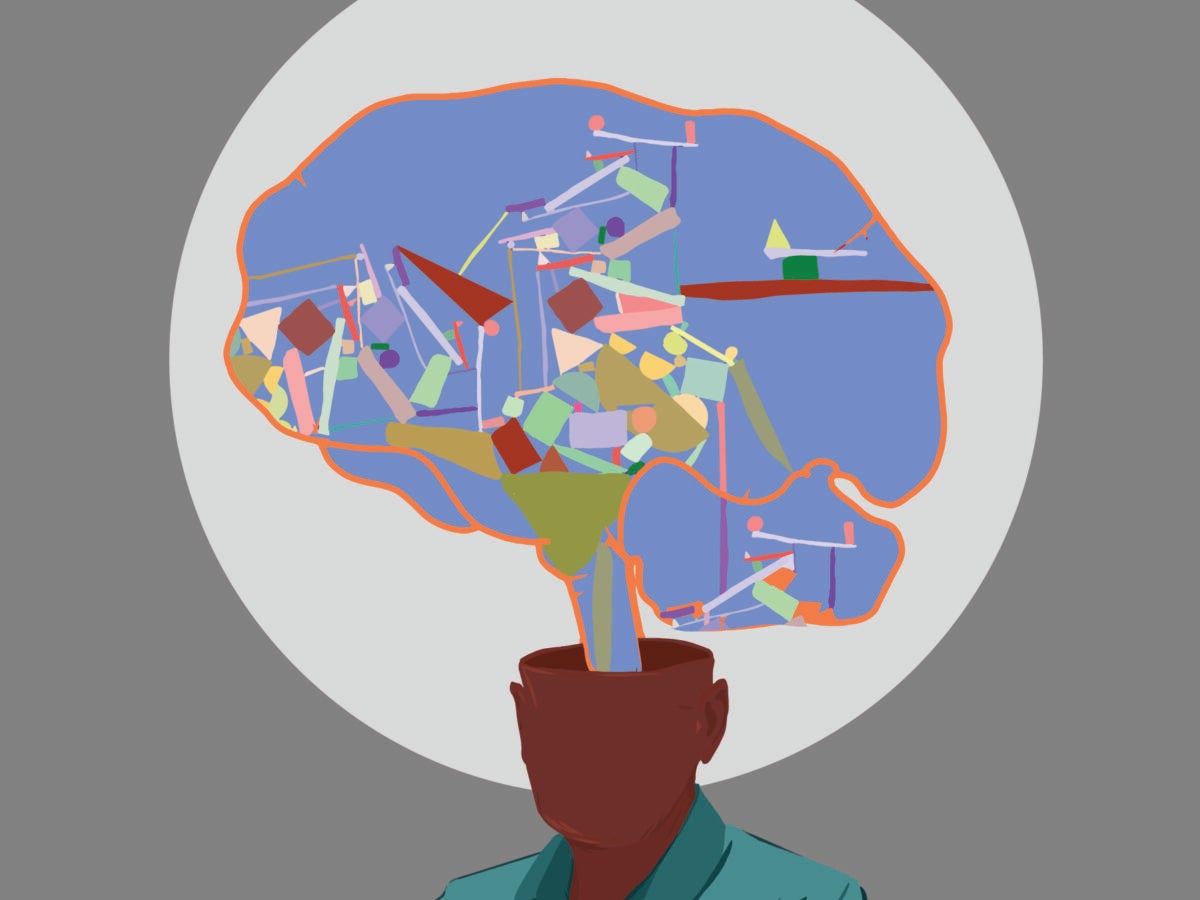
Opinion
Making transplants more equitable
There are 550,000 people on dialysis in the United States. For many of them, the best treatment is a kidney transplant, yet less than 20 percent of dialysis patients are on the transplant waitlist. Who gets a transplant, and when, isn’t always clear—or equitable. But a new law could shake up the current system, leading to better data collection and fairer organ allocation.
Sign up for Harvard Public Health
Delivered to your inbox weekly.
Organ donations have been managed by a single nonprofit organization since 1986, when the federal government contracted the United Network for Organ Sharing to manage all aspects of organ donation, from procurement to transplantation. However, a 2020 Senate investigation revealed the nonprofit suffered from mismanagement and antiquated infrastructure and exposed patients to safety risks.
Meanwhile, the current transplant system discriminates against patients along the lines of race, socioeconomic status, and geography. People on the kidney transplant waitlist look demographically quite different than the rest of patients on dialysis. For example, if you are Black, you are four times more likely than a White patient to be on dialysis—but slightly less likely than a White patient to be on the kidney transplant waitlist.
That bias exists along the entire referral chain for transplants. The chain begins with the dialysis clinic, which has to refer patients to transplant centers for evaluation before they can even be considered for the waiting list—and race, income, and socioeconomic status affect who is referred. Decades of research have demonstrated racial biases in deciding who is an appropriate patient to receive a kidney transplant. One study found that dialysis centers in Georgia referred patients for transplant evaluations at very different rates based race and ethnicity, age, and whether they received care at a nonprofit or for-profit facility, with some facilities not even referring patients at all.
Next comes evaluation. There are more than 200 kidney transplant centers in the U.S., and they are not consistent in how they evaluate who should be put on the waitlist. They have different criteria for assessing, for example, how well a patient’s heart works, if insurance and finances are in place, or if the patient has enough social support to handle the transplant and recovery.
There is no single solution to these problems, but a new law—the Securing the U.S. Organ Procurement and Transplantation Network Act, which President Biden signed in September—should help. The law reopens the federal contracting process for organ management to multiple bidders. The law can help address some of the bottlenecks in the transplant access system by allowing more organizations to enter the space, which will inject new ideas and accountability into the system.
But any new players will need to get things right from the start. New federal contractors should start by gathering high-quality, consistent data about patients who are eligible for transplant; by developing better methods to collect and share data; and by standardizing ways to process that data. Better data allows us to identify where we are falling short, and how we can improve.
Although the last thing many people want is more regulation, history shows that the best ways to consistently gather accurate data are regulatory mandates that allow for better data collection and sharing methods. While organizations like the Southeast Kidney Transplant Coalition are heading up national collaboratives to do just that, their efforts would be greatly improved by national standards and oversight to increase data quality, collection, and sustainability. Those standards would not necessarily require even more new legislation: Both the Center for Medicare and Medicaid Services and the Health Resources and Services Administration have regulatory authority to enhance data collection efforts.
Everyone who needs a new kidney should have an equal chance to get on the waitlist. All the stakeholders along the transplant pipeline should seize this moment to address these long-standing problems in accessing life-saving transplants.
Top image: mailsonpignata / Adobe Stock, microgen / Adobe Stock


